If you’ve read anything by David McCullough, you know to expect a great read with fascinating history. I have read his John Adams book, his 1776 book and his Truman book and loved them all. The Wright Brothers is more great history well told. If you are going to the Smithsonian Aerospace Museum, you […]
Year Read: 2016
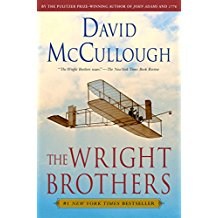
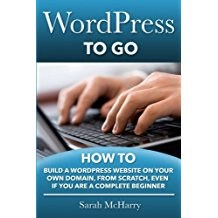
WordPress to Go
Sarah McHarry
2013
Read: 2016
Non-Fiction
This is a very quick read for me as I try to figure out how to use the web and blogs to get some of my ideas across. I have this as a continuous goal, and I have a ways to go to get better at it, but that’s what I’m working on. Interesting – […]
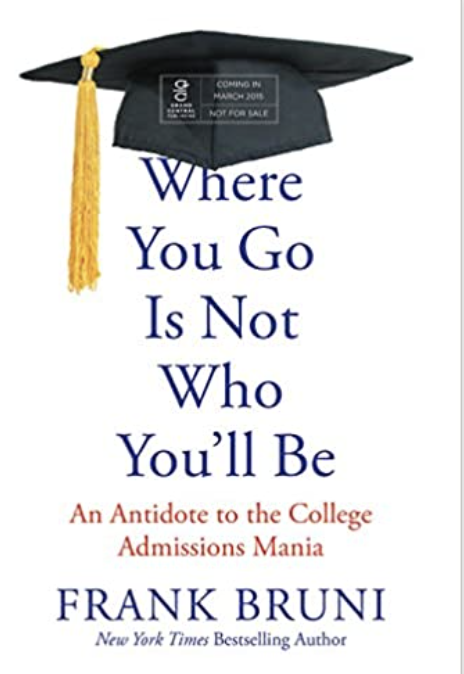
Where You Go is Not Who You’ll Be
Frank Bruni
2015
Read: 2016
Education/Leadership, Non-Fiction
I became interested in this book after reading about Palo Alto High School and some of the suicide tragedies that occurred in that school in the last ten years. The pressure on our students to go to the right college is extraordinary. The pressure on our most advanced students to get into one of ten […]
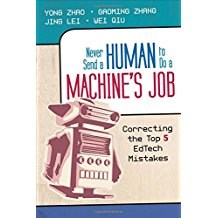
Never Send a Human to Do a Machine’s Job
Yong Zhao
2015
Read: 2016
Education/Leadership, Non-Fiction
This is a thoughtful book about how technology should be used in education and learning. In spite of increasing amounts of money invested in technology in schools, there have not been major shifts in student achievement. This book talks about five reasons that may have happened and offers recommendations for how technology can positively impact […]
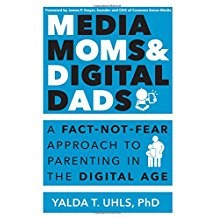
Media Moms and Digital Dads
Yalda Uhls
2015
Read: 2016
Education/Leadership, Non-Fiction
Our Education Foundation brought in Yalda Uhls to speak to our parents about students and technology. I introduced her and to do so felt a need to read her book prior to that, again it’s a great read about parenting in this age, which is no easy thing. I love the fact that Dr. Uhls […]
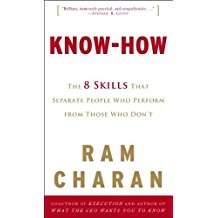
Know How
Ram Charan
2007
Read: 2016
Education/Leadership, Non-Fiction
I actually did not find a lot of application for this book for the public education sector. If I were starting a charter school or an internet-based school, two ideas that will continue to grow and shape the education scene, then I might be more interested in examining this book more closely. But I did […]

Girl at War
Sara Novic
2015
Read: 2016
Fiction, Recommended for Young Adults
This is a book I read when our English department wanted to make it one of our summer reading options for juniors and seniors. Our English department takes very modern books that have been recently awarded with prizes for adolescent literature as its summer reading books, and since they are brand new, none of us […]
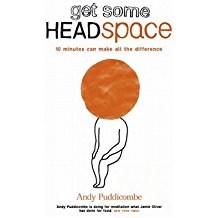
Get Some Headspace
Andy Puddicombe
2012
Read: 2016
Education/Leadership, Non-Fiction
In the 2015-16 school year, we made our first foray into bringing mindfulness into our classrooms. We trained all of our elementary teachers in the MindUp program. This program is designed to teach our students about how the brain works, how stress can overload the brain, how having little or no downtime prevents the brain […]
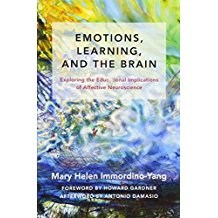
Emotions, Learning, and the Brain
Dr. Mary Helen Immordino-Yang
2015
Read: 2016
Education/Leadership, Non-Fiction
Manhattan Beach belongs to Consortium 2034, a group of school districts from across the country who work to better serve the needs of our similar communities. One of our regular contributors is a MBUSD parent, Dr. Mary Helen Immordino-Yang. Dr. Immordino-Yang is a USC professor who has written this book and others, and speaks around […]
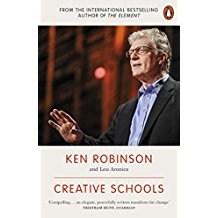
Creative Schools
Ken Robinson
2015
Read: 2016
Like most educators, I am a huge fan of Ken Robinson. His famous TED Talk has inspired so many of us in education. At the core of it is his belief that we have to do everything we can to keep our students creative. That means that student-centered education should be what we focus on […]